Trees Birds Mammals Fish Amphibians Reptiles
Wild Algarve
Bookshop
Tricholoma scalpturatum (Fr.) Quel. - Yellowing Knight
Phylum: Basidiomycota - Class: Agaricomycetes - Order: Agaricales - Family: Tricholomataceae
Distribution - Taxonomic History - Etymology - Identification - Culinary Notes - Reference Sources
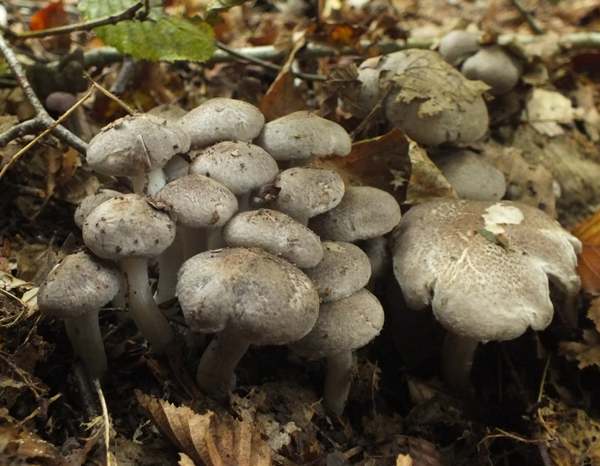
A common find under broad-leaf trees, Tricholoma
scalpturatum has several lookalikes in the genus Tricholoma and separating them with confidence by macroscopic characters alone requires very careful observation of cap, gill and stem features and textures; however, if you have access to a high-powered microscope then this is one of the easiest of the many so-called 'knight' species to identify, since its spores are unusually narrow (for a Tricholoma, that is).
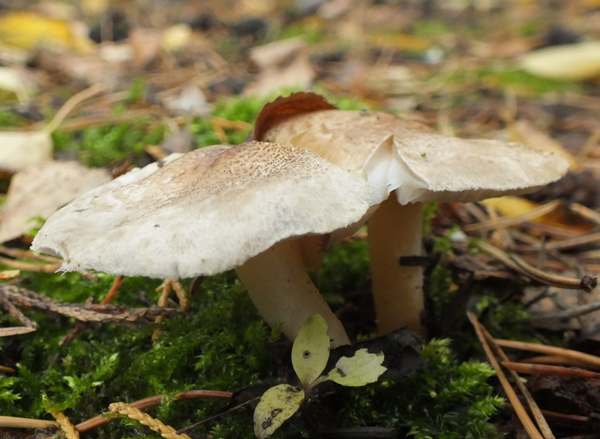
The Yelowing Knight appears in summer and autumn, often in small scattered groups beneath mature beech, lime and oak trees but occasionally with other broadleaf trees or with pines. The specimens shown on this page were growing under Silver Birch Betula pendula in a pine copse.
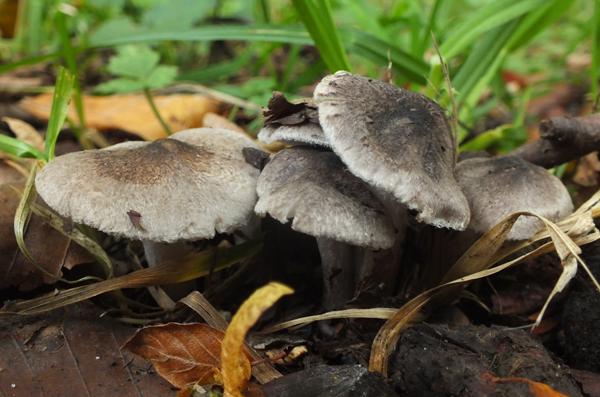
Distribution
This is one of the more common of several scaly-capped 'knights', and it is found throughout Britain and Ireland. This woodland mushroom is found also in many countries on mainland Europe.
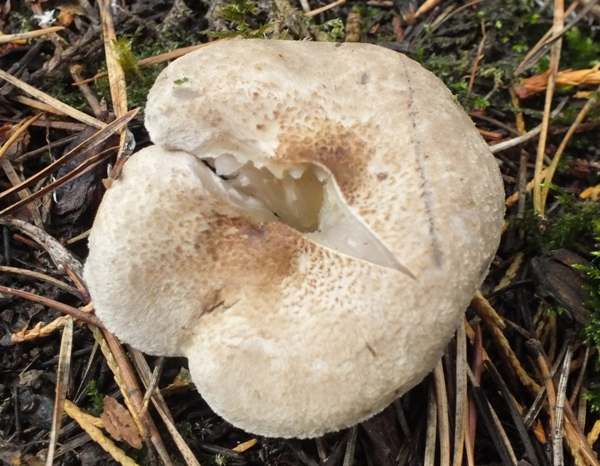
Taxonomic history
When Elias Magnus Fries described this mushroom scientifically in 1838 he established it basionym, giving it the name Agaricus scalpturatus. (In the early days of fungus taxonomy, most of the gilled mushrooms were included initially in the genus Agaricus, but the vast majority have since been relocated in other newer genera to leave on the 'true mushroom' in a more manageable Agaricus genus.) It was French mycologist Lucien Quélet who in an 1872 publication established the currently-accepted scientific name as Tricholoma scalpturatum.
Synonyms of Tricholoma scalpturatum include Agaricus scalpturatus Fr., Agaricus chrysites Jungh., and Tricholoma chrysites (Jungh.) Gillet.
Etymology
The generic name Tricholoma means 'with hairs on the edge', which is true of only a minority of species in this genus. The specific epithet scalpturatum means scratched or engraved - a reference to the scales on the surface of the cap of this mushroom.
Identification guide
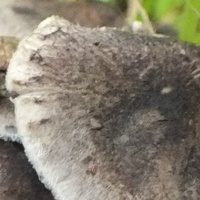 |
Cap
4 to 8cm in diameter when fully mature, the
caps are usually grey, darker in the centre and with paler margins that tend to become yellowish with age. The grey-brown fibrous surface scales are progressively denser and darker (sometimes almost black) towards the centre of the cap.
Caps are broadly convex, generally retaining a downturned margin and a very shallow umbo. |
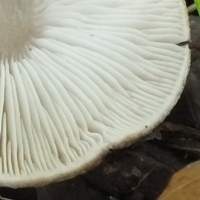 |
Gills
Moderately well spaced apart, the gills are adnate to emarginate, broad, white at first, yellowing with age. |
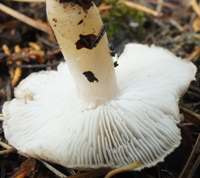 |
Stem
Typically 10 to 20mm in diameter and 4 to 8cm long, more or less cylindrical, the stem is white or pale grey and finely fibrous, often with a faint cortina-like ring zone created by a fleeting veil. The stem yellws slightly with age. |
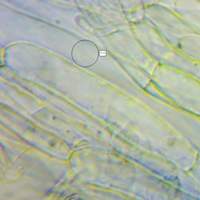 |
Pileipellis
A cutis made up of hyphal elements mostly 15-45 x 3-8μm.
|
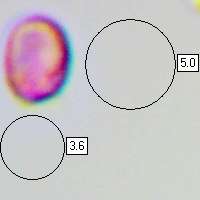 |
Spores
Ellipsoidal, smooth, 4-6 x 3-4μm, with a hilar appendage; inamyloid.
Spore print
White. |
Odour/taste |
Mealy taste and odour, becoming unpleasantly rancid when old. |
Habitat & Ecological role |
Mycorrhizal, in broad-leaf woodland, mainly with Beech, limes and oaks;occasionally in pine woodland. |
Season |
Late June to early November in Britain and Ireland. |
Similar species |
Tricholoma sciodes is usually greyer
in appearance, often with a violet tinge to its cap surface, and its gill edges develop black speckles; it occurs in oak woodland; its spores are much broader than those of Tricholoma scalpturatum. |
Culinary Notes
Tricholoma
scalpturatum is reported to be edible although rated no more than of moderate quality. Accurate identification is essential, however, as some members of this genus are poisonous, making it dangerous to include any but the most distinctive of of the 'knights' in mushroom dishes. Because Tricholoma species are notoriously variable in appearance, we do not include any of them in our own mushroom menus.
Reference Sources
Fascinated by Fungi, 2nd Edition, Pat O'Reilly 2016, reprinted by Coch-y-bonddu Books in 2022.
Kibby, G (2013) The Genus Tricholoma in Britain, published by Geoffrey Kibby
BMS List of English Names for Fungi
Dictionary of the Fungi; Paul M. Kirk, Paul F. Cannon, David W. Minter and J. A. Stalpers; CABI, 2008
Taxonomic history and synonym information on these pages is drawn from many sources but in particular from the British Mycological Society's GB Checklist of Fungi.
Top of page...
Fascinated by Fungi. Back by popular demand, Pat O'Reilly's best-selling 450-page hardback book is available now. The latest second edition was republished with a sparkling new cover design in September 2022 by Coch-y-Bonddu Books. Full details and copies are available from the publisher's online bookshop...